My Own Brux-elles
2025-04-08 11:39:03(ost. akt: 2025-04-08 11:54:07)
Today, Poles associate Brussels primarily with the headquarters of the European Union — indeed, most EU institutions have their headquarters in this city. But Brussels is also the capital of Belgium, with all the honours that come with it. And for me, Brussels is a beautiful woman...
For the first time I came to Brussels in 2000, when I was still a student. If someone had told me then or later who I would be and under what circumstances I would return to Brussels in 2023 — even I, a person with an unbridled imagination and faith in my own abilities — would have been skeptical...
A few days ago, I returned from my third stay in Brussels, which lasted 10 days and allowed me to get to know Brussels from the very inside; from the nooks and crannies rarely mentioned in guidebooks and often avoided by tourists; from the squares picturesquely squeezed between the new housing estates and from the old tenement houses, which may be far from the Maison du Roi — but which are also a living testimony to the greatness and long, rich history of this city.
And t’Serclaes sleeps and waits...
In 2000, I came to Brussels as a participant in the one and only organized trip in my life. The fact that after that one I said to myself ‘never again’ — is a detail. But the fact that even then I was delighted by the monument dedicated to a certain Everard t'Serclaes, squeezed under the arcades of the Tenement House under the Star — to this day has great significance for me and arouses only sublime emotions.A long time ago, in the 14th century, there lived in Brussels a certain Everard t'Serclaes, Lord of Kruikenburg, who became famous for reclaiming the city from the Flemish. When John III of Brabant died on 5 December 1355, Everard's daughter Joan and her husband Wenceslaus succeeded John as rulers of the duchy. However, their estate was challenged by the Count of Flanders, Louis de Male, who invaded Brabant and quickly occupied Brussels. Yet, on the night of 23-24 October 1356, Everard, leading a group of local patriots, climbed the city walls and expelled the Flemings from Brussels, which allowed Joan and Wenceslas to make their "Joyful Entry" into the city — in French, the so-called Joyeuse Entrée. Everard was later appointed five times as a schepen, or city councillor. While still an old man, he managed to lead a successful rebellion against the sale of part of the royal land to Sweder of Abcoude, lord of Gaasbeek. A group led by Sweder's illegitimate son ambushed, beat and mutilated Everard on the road from Lennik to Brussels — he died from his injuries five days later. In response, the citizens of Brussels, together with allies from all over Brabant, razed the Gaasbeek castle to the ground.
Today, Everard is commemorated by a statue by Julien Dillens, which stands on the wall of a tenement house on Charles Buls Street in Brussels, right next to the Grand Place. Locals say that the statue of Everard t'Serclaes brings good luck and fulfils the wishes of anyone who touches it. Another legend has it that whoever rubs t'Serclaes's arm will surely return to Brussels...
And indeed. When visiting Brussels in 2000, I certainly rubbed t'Serclaes's arm. God knows what I was thinking then, but… It certainly didn’t occur to me that my next visit to this beautiful city would take place in circumstances that were at least incredible. Because in 2023, I came as a journalist, with a considerable number of good written pieces and considerable life experience, and among other things to receive my lifelong journalistic accreditation to the European Parliament. I cried honestly then — because it was precisely in this place, next to Everard t'Serclaes himself, that I most clearly realized how incredible life is and how it writes the most fantastic scenarios for us…!
Everything Pisses
As if at the other end of the spectrum to my t'Serclaes is a certain Manneken Pis, or in Dutch “Little Pissing Man”. Which is very literal: it is a fountain in the shape of a naked boy urinating into a pool. Its existence was confirmed as early as the mid-15th century. The stone niche in the rocaille style in which the fountain is placed dates back to 1770. The statue has been stolen or damaged many times throughout its history — since 1965 we can see a replica, and the original is kept in the aforementioned Maison du Roi Municipal Museum in Brussels. Whether we like it or not — Manneken Pis is one of the most famous symbols of Brussels and the whole of Belgium. Due to its self-critical nature, Manneken Pis is also an example of Belgianness, as well as popular folk humor (zwanze) in Brussels. There are many legends associated with Manneken Pis. The most famous concerns Duke Godfrey III of Leuven. In 1142, the troops of this two-year-old lord fought the troops of the Berthouts, lords of Grimbergen, in Ransbeek (now Neder-Over-Heembeek, northern part of Brussels). To give themselves courage, the soldiers placed the little man in a basket, which they hung on a large oak tree overlooking the battlefield. While his men were in a pitiful state, the little prince rose in the basket and urinated on the Berthout troops from his seat, who eventually lost the battle. And this fountain commemorates this victory. Incidentally, the very name of the street Rue du Chêne/Eikstraat ("Oak Street"), on the corner of which the statue is located, resembles the famous tree.Another legend has it that in the 14th century Brussels was besieged by a foreign power. The city held its position for some time, so the attackers came up with the idea of placing explosives on the city walls. Meanwhile, a little boy named Julianske happened to spy on them and their preparations. When he saw the burning fuse, he urinated on it and thus saved the city!
As if one "pis" wasn't enough for the people of Brussels, feminists demanded their own, female version. Their demand was accepted and since 1987 they have had a female equivalent, Jeanneke Pis — "Little Pissing Joan"! It stands on the eastern side of the Impasse de la Fidélité/Getrouwheidsgang (“Fidelity Alley”), a narrow cul-de-sac about 30 metres long. The 50-centimetre bronze sculpture depicts a little girl with short pigtails, squatting and urinating on a blue-grey limestone base. It feeds a small fountain and is now protected from vandalism by iron bars. It is, however, less famous than its male counterpart.
But that’s not all that pees in Brussels…
Zinneke Pis, sometimes called Het Zinneke, is another sculpture, this time of a dog peeing on a post at the intersection of Rue des Chartreux/Kartuizersstraat and Rue du Vieux-Marché-aux-Grains/Oude Graanmarkt, near Halles Saint-Géry/Sint-Gorikshallen. This time it’s not a fountain. The word ‘Zinneke’ itself means ‘mongrel’ or ‘bastard’ in the Brussels dialect and originally referred to the city’s stray dogs that roamed the streets along the Lesser Senne — a canal of the Senne River that flowed around Brussels along the city walls. Today, it refers to a person who lives in Brussels but was not born there.
Whatever you say — all three monuments are inimitable, one of a kind and for them alone it is worth walking around Brussels and looking into its darkest corners.
My Very Own Brussels
For me, Brussels is also Place des Martyrs — the Martyrs’ Square of the September Days of the Belgian Revolution of 1830: over 400 heroes of the Belgian Revolution lie buried in a crypt under the cobbled surface of the square. The Square itself was built on the former Den Blijck, a field for bleaching laundry.My Brussels is also the Vesalius monument, which stands in the middle of Place des Barricades. The famous doctor was born a few kilometres to the west, on a now-vanished street called Ruelle de l’Enfer, or Hell Street. His father sent Vesalius to study medicine at the universities of Leuven and Paris, but he considered his anatomy teachers hopelessly incompetent. He eventually moved to Padua, where he was appointed professor of surgery. It was there in 1543, that he published his famous anatomy textbook, “De Humani Corporis Fabrica”.
I will definitely return to Brussels. And who knows as whom…?
Magdalena Maria Bukowiecka
I dedicate this text to Katrien, the Wonderful Woman who created a true home for us in Brussels; and to Matteo Salvai — un Italiano Vero!
I will definitely return to Brussels. And who knows as whom…?
Magdalena Maria Bukowiecka
I dedicate this text to Katrien, the Wonderful Woman who created a true home for us in Brussels; and to Matteo Salvai — un Italiano Vero!



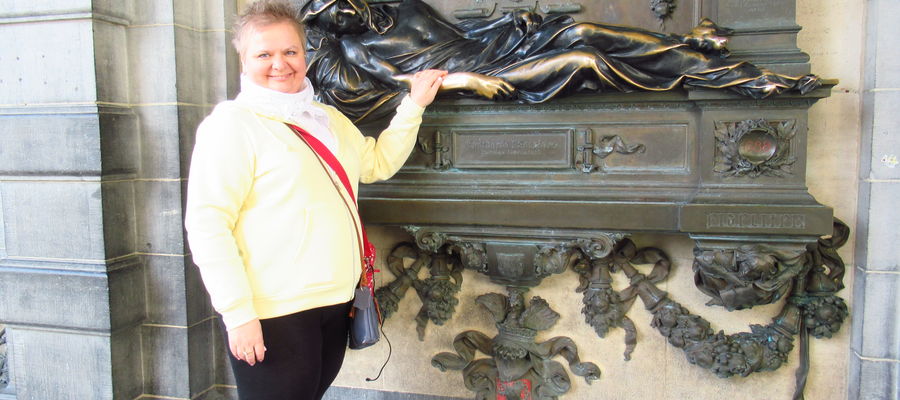
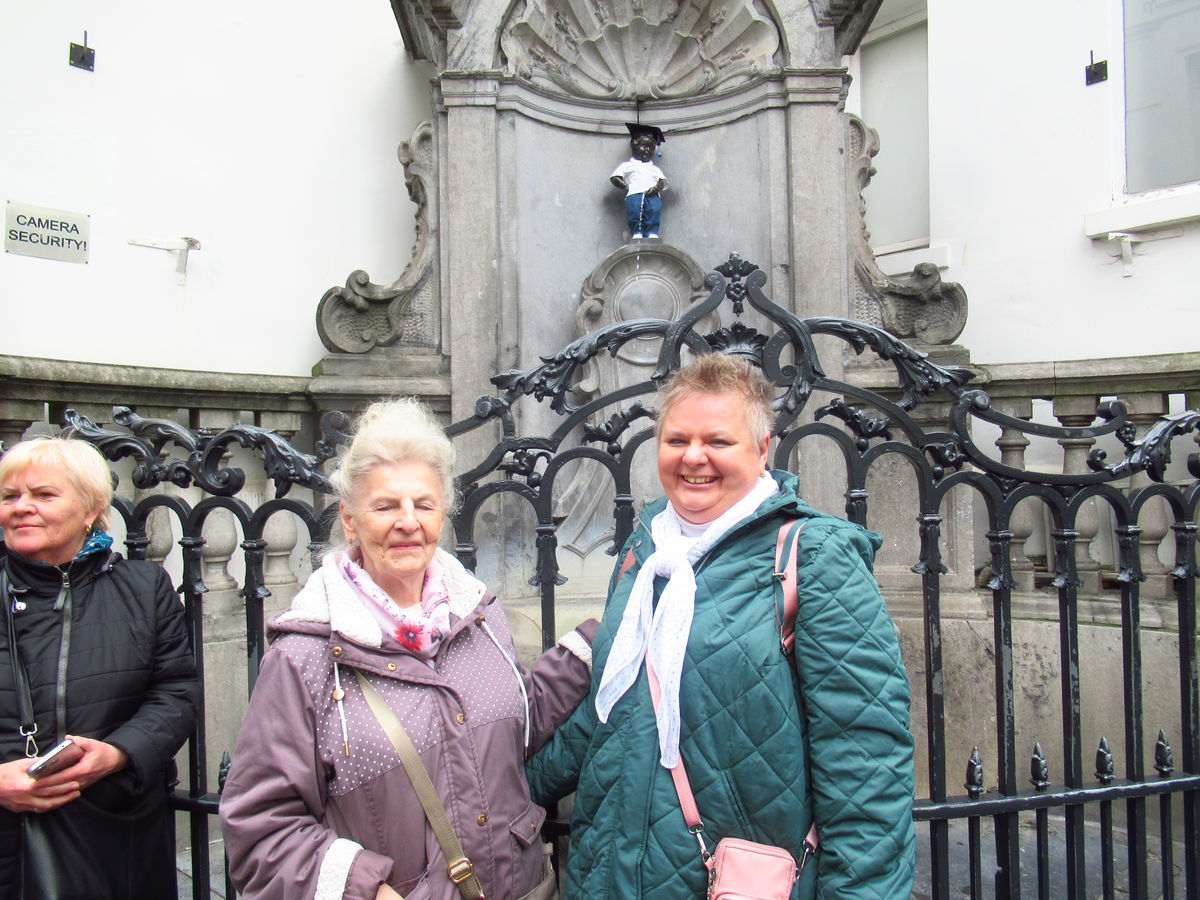
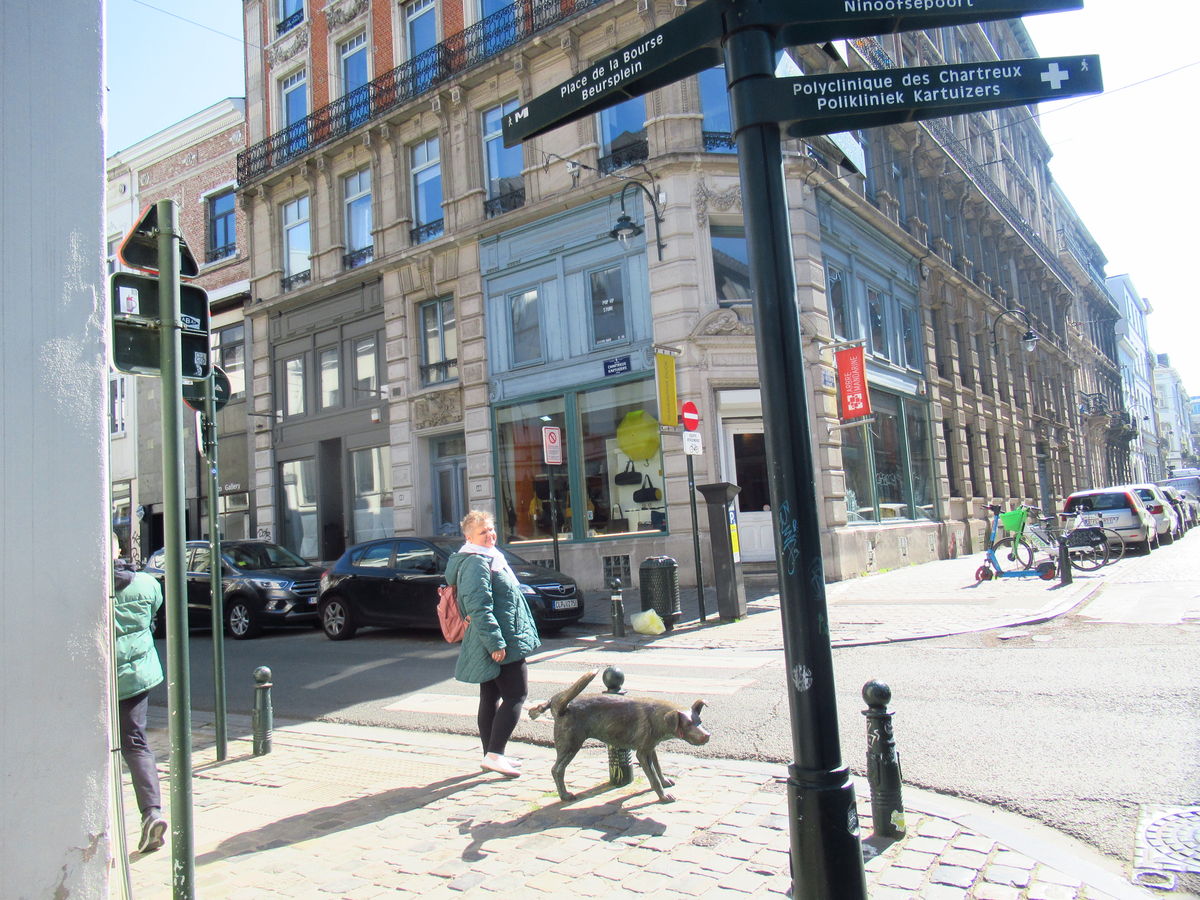
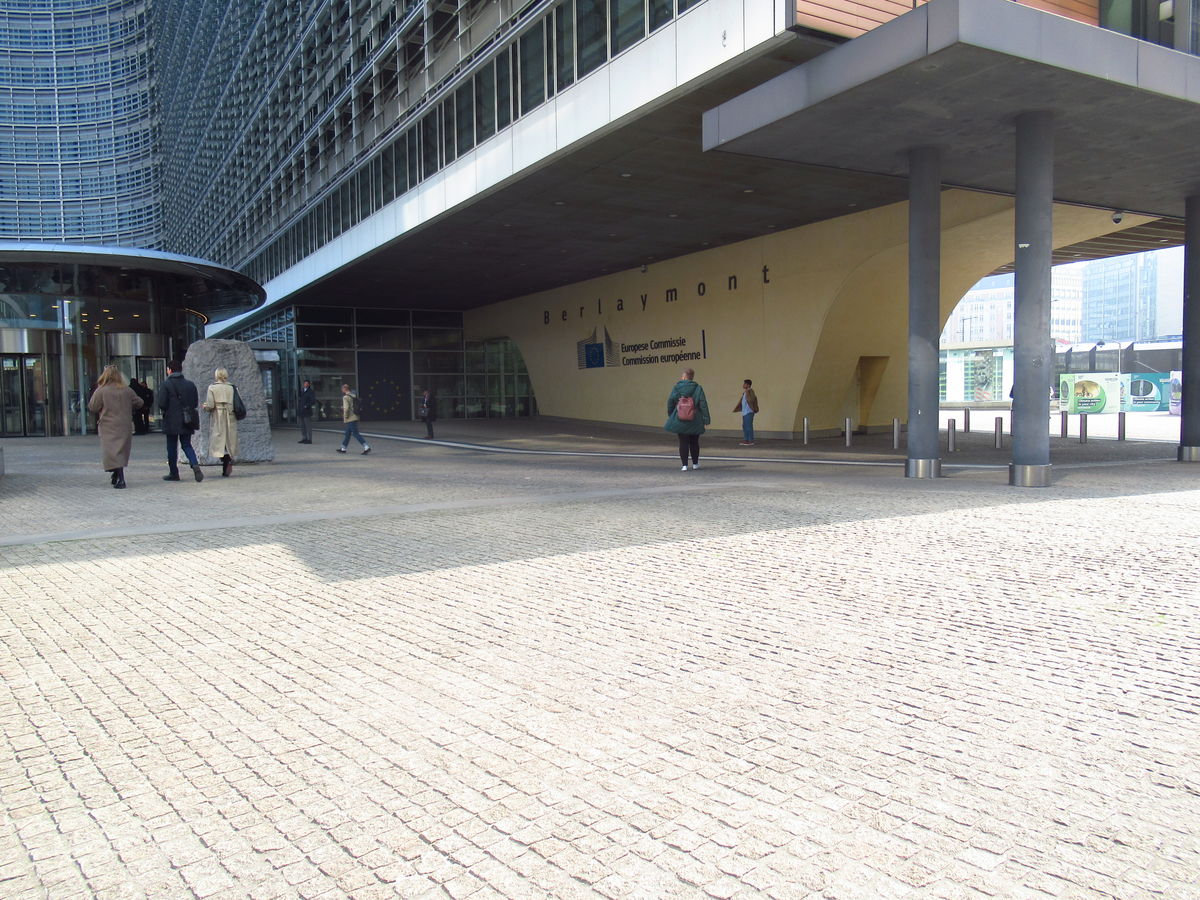

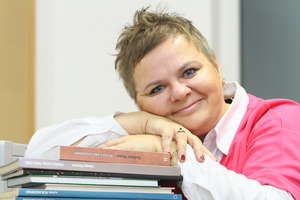




Komentarze (0) pokaż wszystkie komentarze w serwisie
Komentarze dostępne tylko dla zalogowanych użytkowników. Zaloguj się.
Zaloguj się lub wejdź przez